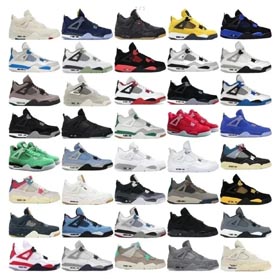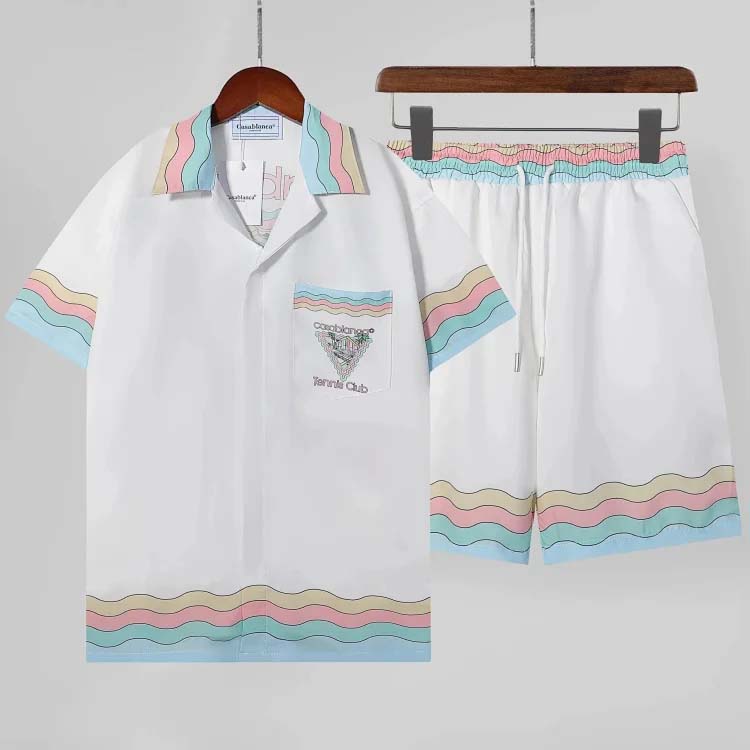Customer Segmentation Management
IntroductionEffective customer segmentation is crucial for the long-term success of any business, including our代购业务. By leveraging data from our thissheet reviewthis spreadsheet, we can categorize our customers into distinct segments based on their spending habits and purchase frequency, as well as their feedback from reviews. This approach allows us to tailor our services to meet the specific needs of each segment, thereby enhancing customer loyalty and driving business growth.Segmentation CriteriaOur segmentation strategy is based on two primary metrics from the spreadsheet data: spending amountpurchase frequency. These quantitative measures provide a clear picture of each customer's engagement with our business. Additionally, qualitative insights from the review data help us understand customer sentiment and preferences, which are equally important for segmenting customers effectively.Segmentation ProcessWe begin by analyzing the spreadsheet data to identify high spenders, medium spenders, and low spenders. We also categorize customers based on their purchase frequency, such as frequent buyers, occasional buyers, and new or infrequent buyers. This quantitative analysis is then complemented by a review of customer feedback to identify any common themes or issues that may affect customer satisfaction and loyalty.Customer SegmentsBased on our analysis, we can define the following customer segments:High-Value Customers:Mid-Value Customers:Low-Value Customers:Feedback-Driven Customers:Differentiated ServicesBy segmenting our customers, we can offer差异化服务 tailored to each group's needs:For High-Value Customers,Mid-Value CustomersLow-Value CustomersWe will actively engage with Feedback-Driven CustomersConclusionImplementing a customer segmentation strategy based on both quantitative and qualitative data is essential for the success of our代购业务. By understanding our customers better and providing them with差异化服务, we can increase customer satisfaction, loyalty, and ultimately, our business's growth and profitability.



















